Rosicrucian Pyramids of Bucks County
The headquarters of the Fraternitas Rosae Crucis, complete with Rosicrucian pyramids, all in the Pennsylvania woods.
According to the legend, in the early 1400s a man named Christian Rosenkreuz (German for Rose-Cross) took a pilgrimage to the Middle East and learned among Turkish, Arab, and Persian sages and Sufi or Zoroastrian masters lost and esoteric wisdom. He then supposedly returned and founded the “Fraternity of the Rose Cross” and had a secret temple, the Sanctus Spiritus, or the “House of the Holy Spirit” built.
No such man, or temple, ever existed and the modern day Rosicrucians say as much. The first documents regarding Rosenkreuz and Rosicrucianism surfaced in Germany a hundred years after Christian Rosenkreuz is supposed to have lived. The documents showed up in the early 1600s as anonymous manifestos citing a “most laudable Order” called the Rosicrucians, consisting of a group of mystic-philosopher-doctors promoting a “Universal Reformation of Mankind.” Rosenkreuz himself only shows up in the third of these documents, and may have been a stand-in for an actual person, possibly English philosopher and scientist Sir Francis Bacon.
The documents encouraged religious reform, mysticism, and alchemy, but may have been intended as no more than satire, or even a hoax. German theologian Johann Valentin Andreae claimed later in life to have written the third of the documents and called it a ludibrium, a trivial game or farce. Whether intended as satire, hoax, joke, or as a reform tract, it was a massive success. The idea of a secret society of alchemists with esoteric ancient knowledge from the East caught fire in Europe.
Like the current Priory of Sion myth (another ludibrium made up in the 1950s, which has led to The Da Vinci Code and other popular conspiracy theories), the Rosicrucians were too good a story to pass up. Since the supposed society was secret, actions could be taken anonymously by whomever wanted in on the joke. In Paris in 1622, two posters showed up on walls reading “We, the Deputies of the Higher College of the Rose-Croix, do make our stay, visibly and invisibly, in this city” and “The thoughts attached to the real desire of the seeker will lead us to him and him to us.”
In an example of life imitating art, the myth gave rise to real organizations. Inspired by the idea of a secret society of learned men, astronomers such as Johannes Kepler, Georg Joachim Rheticus, John Dee, and Tycho Brahe formed an actual society, known as the Invisible College, to acquire knowledge through experimental investigation. It would eventually become the Royal Society.
It would not be until the mid 1800s that what we think of as the Rosicrucians today would form. Starting as groups intertwined with the Masons—another secret society with fictional ancient ties to the East—the Fraternitas Rosae Crucis was formed in 1858 by doctor, occultist, and writer Paschal Beverly Randolph. This order is the oldest of the modern Rosicrucian movements and is considered the main Rosicrucian organization today. A friend of Abraham Lincoln and descendant of William Randolph, Paschal Beverly Randolph was of mixed race, a major proponent of reform and birth control, and (though generally glossed over by the Rosicrucians today) was a practitioner of “sex magic,” or mystical rituals involving sex.
The Fraternitas Rosae Crucis (revived in 1920 by Reuben Swinburne Clymer) settled in Pennsylvania and today owns land in Bucks County on which three Rosicrucian pyramids sit. Besides the three pyramids, the headquarters of the group includes a number of ordinary buildings and the “Beverly Hall,” a large stone building named after the fraternity’s founder Paschel Beverly Randolph.
Surrounded by “No Trespassing” signs, the pyramids are aligned smallest to largest and covered in Rosicrucian symbolism inside and out, including images of a winged world crowned by a skull and crossbones, and the infamous pyramid with floating eye—which the U.S. used first on the Great Seal of the United States and which the Masons and Rosicrucians lifted for their own symbolic purposes. Also on the pyramids are commemorations of Masonic groups and leadership, such as the Supreme Councils of nine, seven, and three, and the Supreme Grand Master, Member Sublime Third, and Hierophant. Among those cited are Benjamin Franklin, who was a prominent member of the Masons (back when the Masons were a science-minded reform society) as well as a supposed member of the Paris Rosicrucian lodge.
Today the Rosicrucians, like the Masons, wield little power and are not much more than supper clubs and networking opportunities, with an increasingly aged membership. They do, however, continue to practice the secret Masonic and Rosicrucian rituals—based largely on what nobles in the 1600s and 1700s imagined ancient Eastern rituals might be like—and, according to locals, during the summer solstice, the Fraternitas Rosae Crucis perform a solstice ritual in ceremonial robes, standing in circles around the pyramids and chanting loudly.
The Rosicrucian pyramids can be seen from the road, but they are on private property and if caught snooping you’ll be chased away and likely prosecuted for trespassing. It might be possible, however, that if you contact the group they will be more than happy to arrange a tour of the grounds.

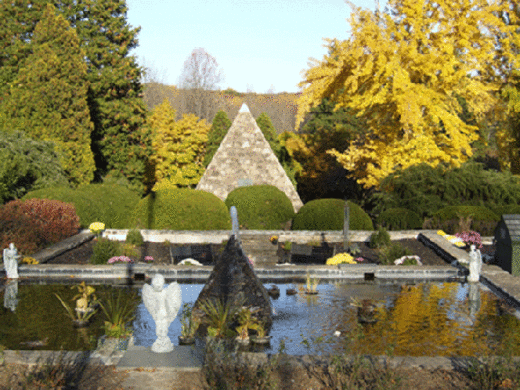
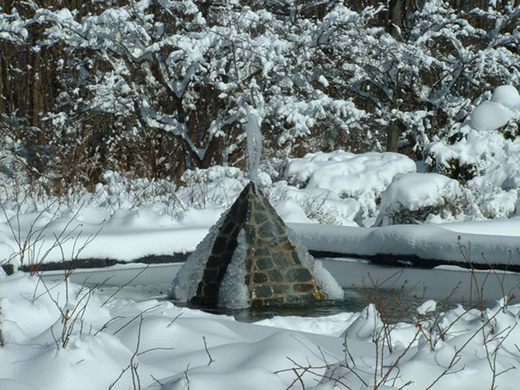

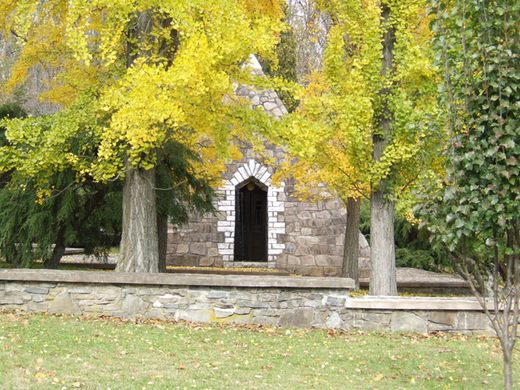

























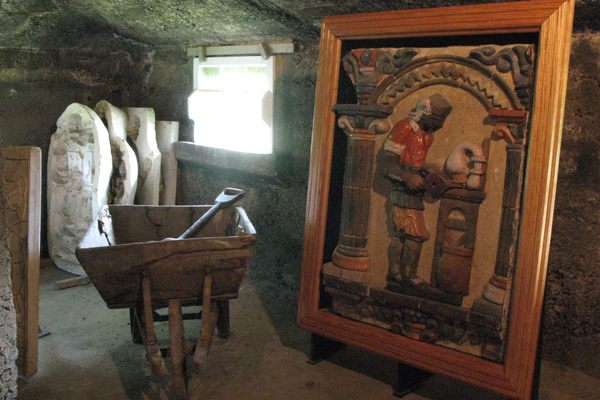


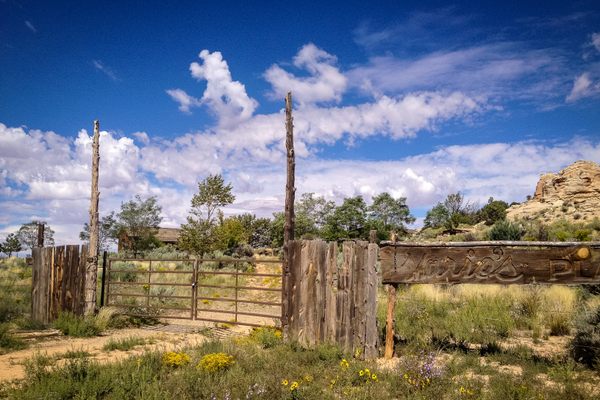



Follow us on Twitter to get the latest on the world's hidden wonders.
Like us on Facebook to get the latest on the world's hidden wonders.
Follow us on Twitter Like us on Facebook